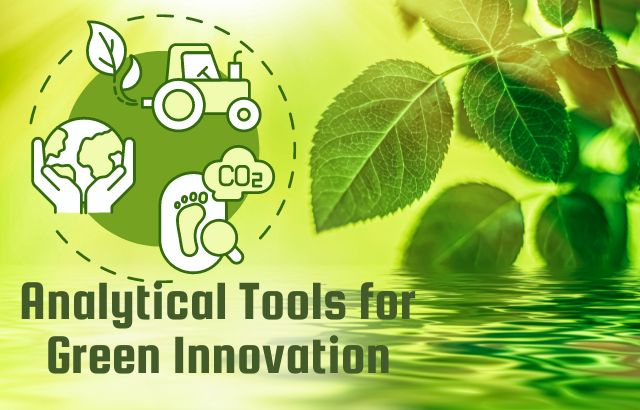The poultry industry stands as a cornerstone in meeting the global demand for protein, making the well-being and protection of poultry a paramount concern for farmers. In this era of modern agriculture, innovative and humane methods are employed to ensure the health and safety of poultry flocks. Let’s delve into the contemporary approaches used to protect these feathered companions and sustain a thriving poultry industry.
1. Biosecurity Measures: Guarding Against Disease:
Biosecurity measures form the first line of defense in poultry protection. Strict hygiene protocols, controlled access to farms, and routine health checks help prevent the introduction and spread of diseases. This proactive approach is crucial in maintaining the overall well-being of poultry flocks.
2. Vaccination Programs: Shielding Against Viral Threats:
Vaccination is a cornerstone in poultry protection, providing a shield against various viral diseases. Modern vaccination programs are tailored to the specific needs of poultry farms, targeting prevalent diseases such as Newcastle disease, infectious bronchitis, and avian influenza.
3. Environment Enrichment: Nurturing Mental and Physical Well-being:
Ensuring the mental and physical well-being of poultry goes beyond disease prevention. Environment enrichment practices include providing ample space, natural light, and opportunities for natural behaviors like scratching and dust bathing. A stress-free environment contributes to healthier and more resilient poultry.
4. Predator Control: Safeguarding Against Natural Threats:
Protecting poultry from natural threats involves implementing measures to deter or control predators. From secure housing structures to the use of guard animals or even electronic deterrents, these methods help minimize the risk of losses due to predators.
5. Modern Housing Systems: Optimizing Comfort and Safety:
Advancements in housing systems contribute significantly to poultry protection. From climate-controlled environments to automated feeding and watering systems, modern poultry housing ensures optimal conditions for the well-being of the flock.
6. Nutritional Management: Strengthening Immune Systems:
A well-balanced and nutritious diet is essential for maintaining the health and immunity of poultry. Nutritional management practices involve formulating diets that meet the specific requirements of each life stage, enhancing the bird’s ability to resist diseases and thrive.
7. Technology in Monitoring and Management: Precision in Poultry Care:
The integration of technology, including sensors and monitoring systems, allows for precise management of poultry farms. Real-time data on temperature, humidity, and even individual bird health enables farmers to respond promptly to any deviations from the optimal conditions.
8. Training and Education: Empowering Poultry Keepers:
Education plays a pivotal role in poultry protection. Training poultry keepers in best practices, disease recognition, and proper handling techniques empowers them to provide the best care for their flocks. Knowledgeable poultry keepers are better equipped to implement effective protection measures.
In Conclusion:
Protecting poultry in the modern agricultural landscape is a multifaceted endeavor that combines science, technology, and a deep commitment to animal welfare. As the poultry industry continues to evolve, so do the methods employed to ensure the health, safety, and overall well-being of our feathered friends. By embracing a holistic approach that addresses biosecurity, nutrition, and environmental enrichment, farmers contribute to a sustainable and thriving poultry industry that meets the demands of a growing world population while prioritizing the welfare of the birds under their care.












